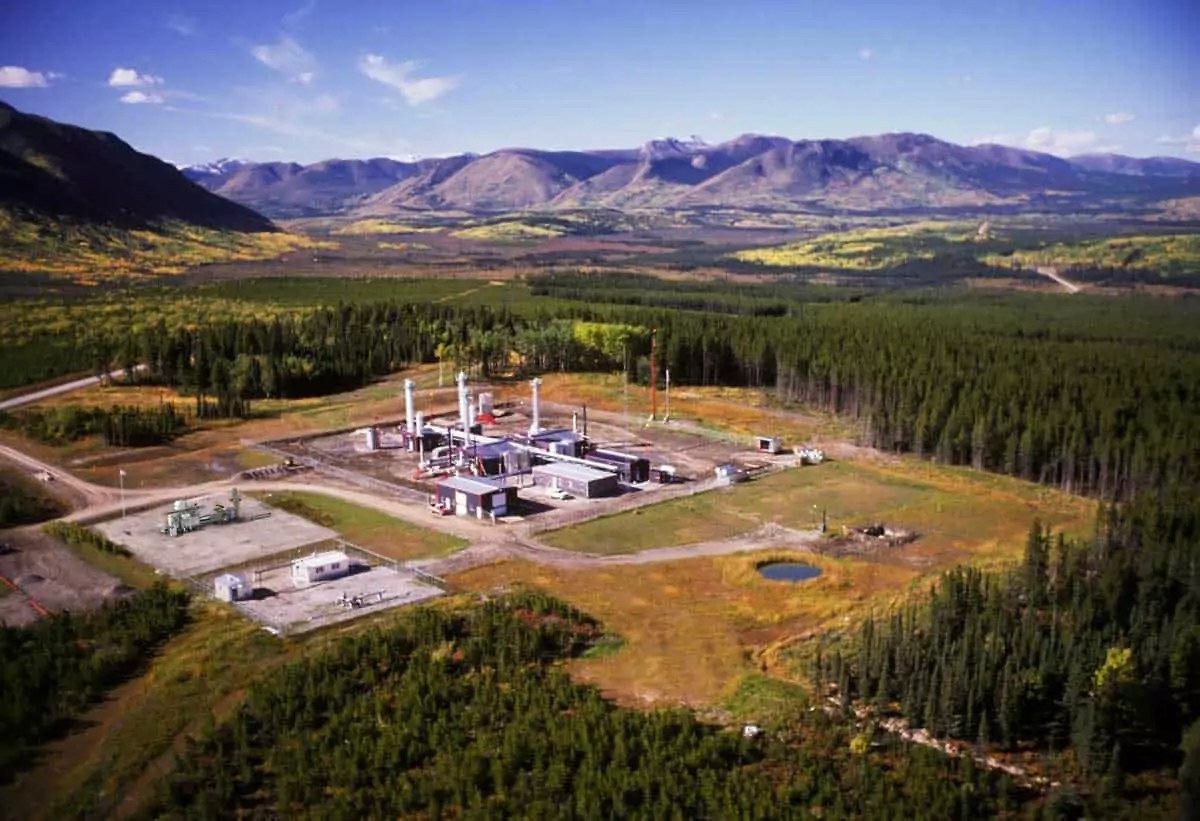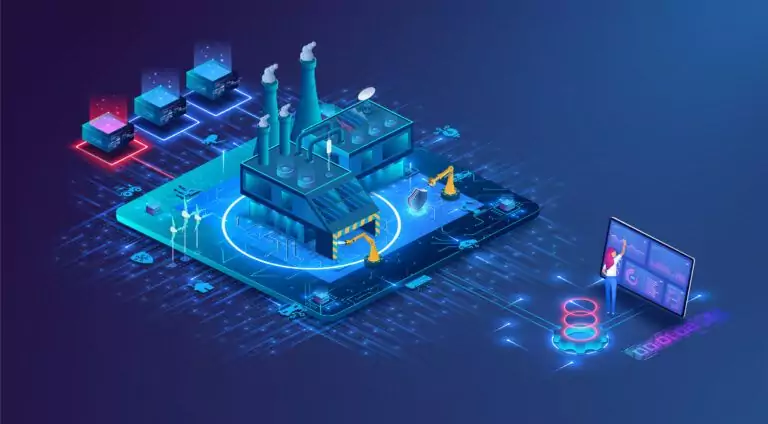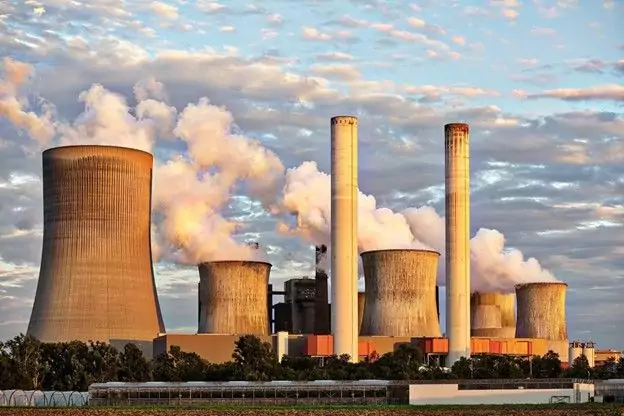Last December, Canada announced it aims to achieve net-zero emissions by 2050. This has intensified the focus on emissions reduction technology within the energy sector.
Many companies have set bold sustainability targets. They’re seeking new ways to reduce the emissions intensity related to hydrocarbon production.
Industry and governments around the world are working together to find technology solutions. Investments in areas such as hydrogen, carbon capture, and geothermal are on the rise. Both renewable and non-renewable participants are pushing the energy transition forward.

In British Columbia, the electrification of upstream oil and gas is central to the province’s emissions reduction strategy.
Electrification of B.C.’s Upstream Oil & Gas Industry
British Columbia has mandated the development of an energy roadmap to help the province meet its ambitious carbon reduction targets. The February 2020 Service Plan released by the Ministry of Energy, Mines and Petroleum Resources includes expanding the electrification of the upstream oil and gas industry as one of its key tactics.
However, there are challenges to the electrification of remotely located natural gas facilities.
According to the B.C. Oil and Gas Commission (BCOGC), just 13 of 110 natural gas plants are electrified in northeast B.C.
Most of B.C.’s 110 gas processing plants still use fossil fuels to power their facilities because there are few transmission lines delivering electricity across a vast region in the northeast corner of the province. Just 13 gas plants in British Columbia use electricity for processing.
– The Globe and Mail, December 2018
There are three main roadblocks identified by industry:
- A need for new towers and transmission lines to rugged and remote locations
- The labour and material costs of connections to a newly expanded power grid
- The impact on project schedules given the timeline for building out more power distribution infrastructure
Micro-Cogeneration – A Potential Solution
An alternative approach to power generation at remote locations that could both limit energy waste and help reduce upstream natural gas emissions is the implementation of “micro” co-generation systems.
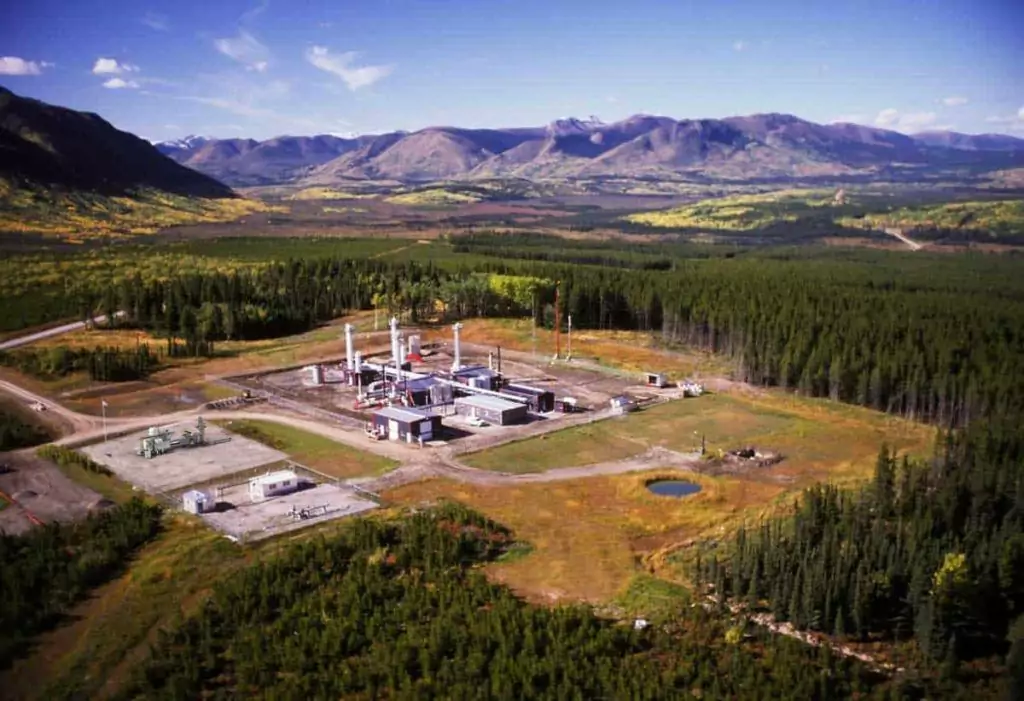
With a generating capacity of 5 MW – 25 MW and a condensed footprint of only 1,250 m2 (25m x 50m), Vista’s micro co-generation units represent a viable off-grid, carbon-reducing option for natural gas plants located in remote regions where it may be too expensive to reach with transmission lines.
Based on our leading industrial co-generation engineering experience, we believe the use of small-scale combined heat and power (CHP) systems within natural gas facilities could help with the electrification of British Columbia’s upstream oil and gas sector.
Combining simple cycle power generation from a gas turbine (GT) with a heat recovery steam generator (HRSG) we will allow plant operators to use the by-products of combustion to reduce overall plant emissions.
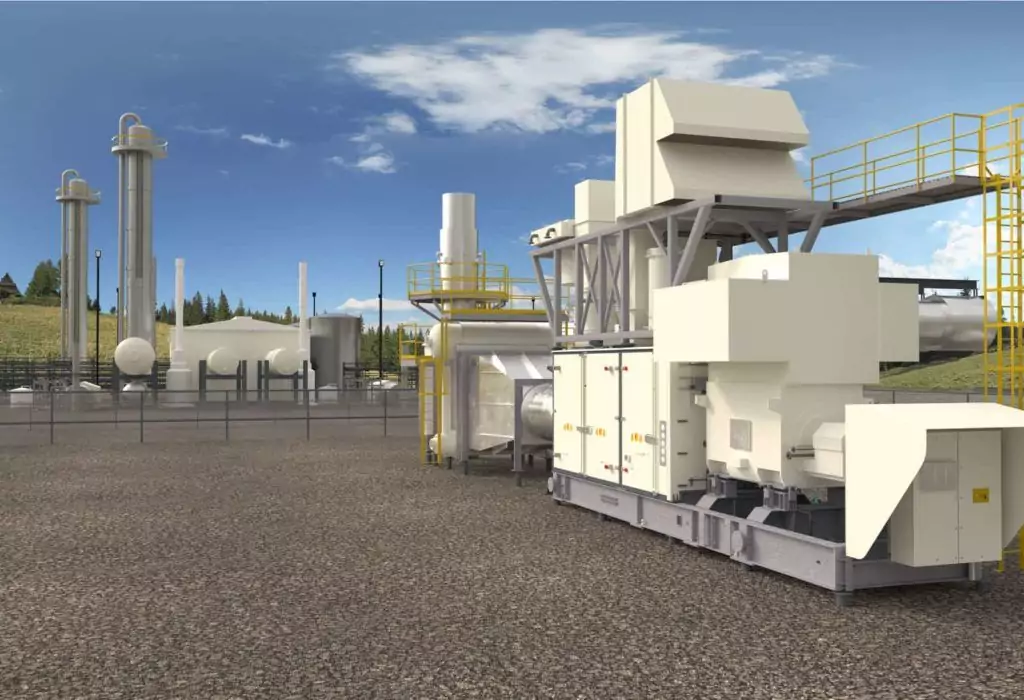
The benefits of micro co-generation include:
- Reduced physical footprint (land disturbance)
- Lower CO2 emissions when compared to a plant operating with standalone power generation and utility heating equipment
- Accelerated implementation timeline versus waiting to access to a future power distribution infrastructure build-out
This micro-CHP option should be of interest to operators of small to mid-sized off-grid natural gas plants in northeast B.C. or other remote locations. Operators dealing with the decreasing efficiency of aging utility boilers may be particularly interested in the opportunities of micro co-generation units and are encouraged to contact us today to learn more.
Vista’s Micro-CHP System
Our micro-cogeneration system was designed specifically for remote industrial applications with larger power needs.
Unit Specifications
- Output capacity: 5 MW – 25 MW
- Condensed footprint: 1,250 m2 (25m x 50m)
- Operating pressure: 150 psig (1034 kPag)
- Electrical generation: gas turbine generator (GTG)
- Steam production: heat recovery steam generator (HRSG)
- Dual heat delivery: exclusive GTG exhaust gas or combination of GTG exhaust with additional fuel gas
The electrification initiative for northeastern B.C.’s natural gas plants is one example use-case for micro-cogeneration. As discussed, in these remote areas, it may be too expensive to reach the production plant with transmission lines.
Vista’s micro co-generation units represent an efficient way to power plant operations and a viable off-grid option for a variety of applications to reduce carbon emissions.
More About the Advantages of Micro-Cogeneration
Would your project or asset benefit from a stable supply of off-grid energy? Contact Vista today to learn more about how our micro-cogeneration systems can provide 5 MW – 25 MW of high-efficiency combined heat and power.
